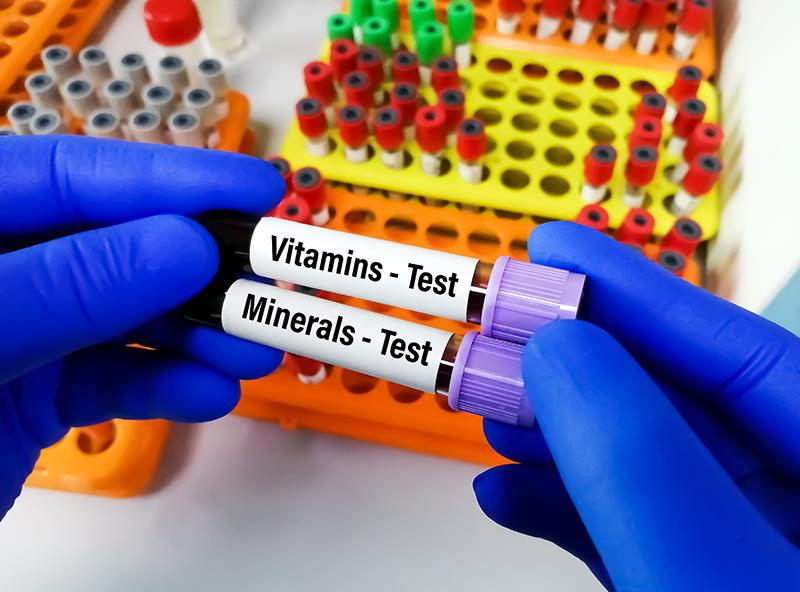Content on this page:
Content on this page:
Overview
Anemia is defined by the World Health Organization (WHO) as hemoglobin concentration <2 standard deviations below the mean hemoglobin concentration for a normal population of the same age range and gender.
Primary symptoms include dyspnea (exertional or at rest), fatigue, palpitations, headache, faintness or lightheadedness, tinnitus, anorexia, and GI disturbance.
Diagnosis is confirmed with the presence of low levels of one or more of the major red blood cell (RBC) measurements obtained as a part of the complete blood count (CBC): Hemoglobin concentration, hematocrit or RBC count.
Aim of treatment should be restoring hemoglobin and red blood cell indices to normal, and to replenish iron stores.
For further information regarding the management of Anemia - Iron-Deficiency (Pediatric), please refer to Disease Algorithm for the Treatment Guideline.




